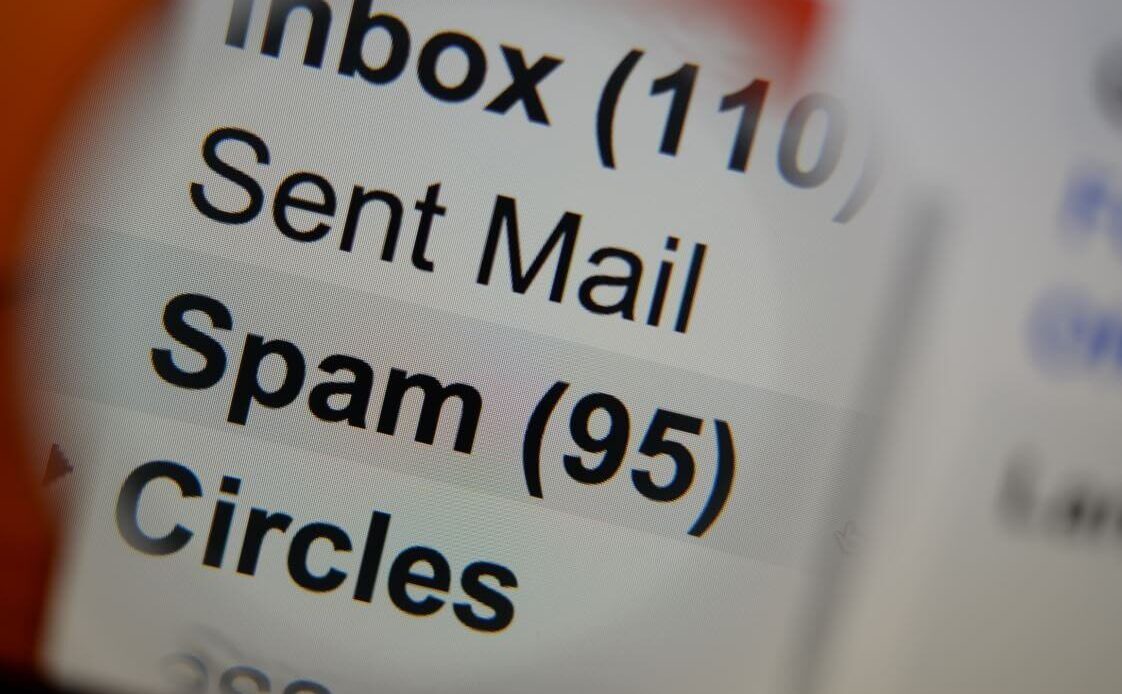There are some who solicit for cash contributions. Some claim that if you do not click this link, you will be locked out of your account. Some claim to be able to improve or reduce the size of certain body parts. What we actually want to know is how to stop spam emails from flooding our inboxes and driving us insane, even though we’re all accustomed with these unwelcome communications.
Fortunately, there are a number of methods to fix the problem and bring some order back to your email inbox. Here are five spam-filtering strategies you may use.
7 Ways To Identify Spams
Check sender’s address:
Messages like “sephoradeals@tX93000aka09q2.com” or “lfgt44240@5vbr74.rmi162.w2c-fe” are typical spam senders. It is possible to see the whole email address by hovering over the name of the sender, even if the capitalization or spelling is a little off. You may also do a Google search to see whether the email address is authentic or not.
Check subject line:
Spam is nearly always angry or threatening in tone, sells treatments that have not been authorized by the Food and Drug Administration (FDA), or promises compromising images of well-known celebrities.
Not calling by real name:
If your name is missing from the email, your name is misspelled, or the communication is exceedingly imprecise, be wary. “Valued Customer” is a generic term Netflix uses when it has to get in touch with you about your billing information.
Spelling and grammar mistakes:
Look for odd language, misplaced words, or statements that are out of context. No genuine business would ever write “Please be aware that transfer time is restricted according to policy, thus you are recommended to attend this meeting as soon as you receive this email and also verify your complete information to them” (and, yes, this was pulled word-for-word from an actual spam email).
Assure the information:
Chase sent an email warning you of suspicious behavior on your account, but you don’t know whether it’s genuine. Neither respond nor click on the links. Check your online banking or credit card company’s customer service if you have any questions or concerns.
Looking for persona information:
Authentic corporations and businesses would never contact you to ask for confirmation of critical information like your social security number or credit card number. Aside from that, it’s not very often that someone has to “update user information.” Open a new tab and continue step five if you need to change a password or anything like that.
Relative death or prize win:
You only have to respond with all of your financial details once a distant relative leaves you a huge chunk of money? You won a huge sum of money in a contest that you had no idea you had entered? You were seen by Chris Hemsworth at a restaurant and he urgently wants to meet you again. I’m sorry, but that’s not the case at all.
Types of spam email:
Phishing email
While it may seem like an official government agency, bank, or well-known corporation or brand is sending out an email, the sender is really trying to deceive the receiver into divulging personal information or making a payment. This practice is known as “phishing.”
Trojan Horse
As the name suggests, a Trojan horse or Trojan is malware that masquerades as a legitimate piece of software. Hidden in free software downloads or in an email attachment from a person you know may be malware.
Zombies
Email attachments are a common hiding place for malware like zombies. Scammers who gain access to a victim’s email account will reply to previous emails that the victim has already opened, making them more vulnerable to this type of attack. Phishing links and malicious attachments are frequently included in these messages, and the goal is to steal the recipients’ personal information and login credentials.
Final thoughts
Unwanted emails, such as spam, might prevent you from obtaining important information, such as login credentials for your online banking account. You might lose your money or expose your company to fraud if you don’t follow these guidelines. It’s time to take action if you’re sick of receiving spam in your inbox.

